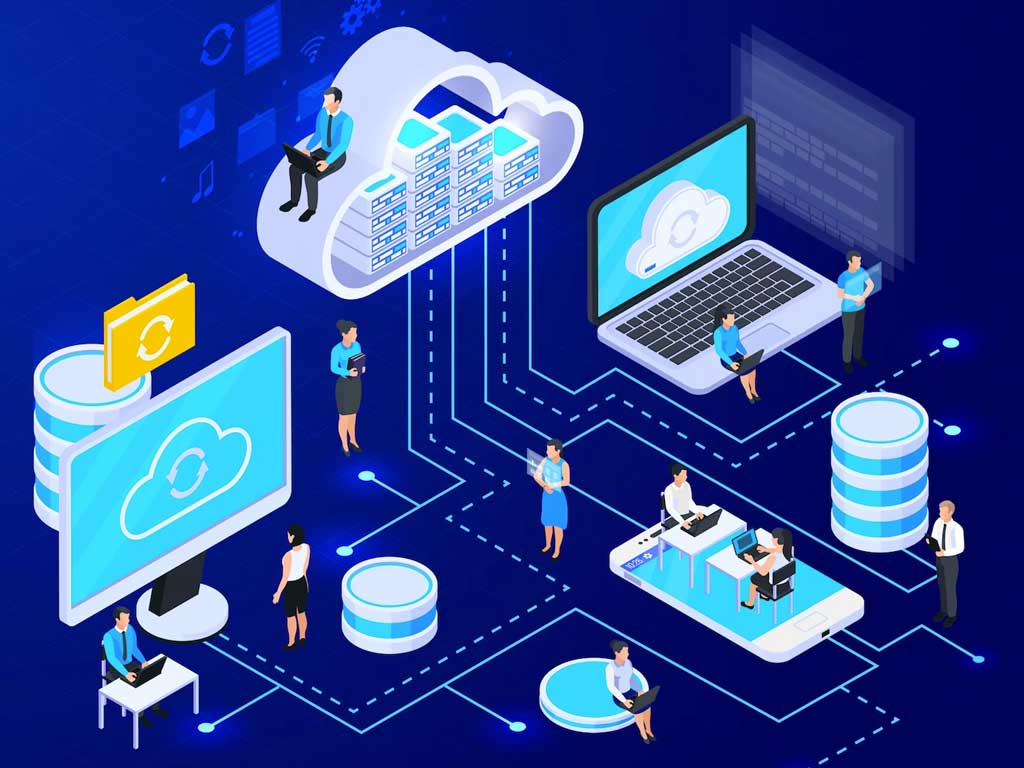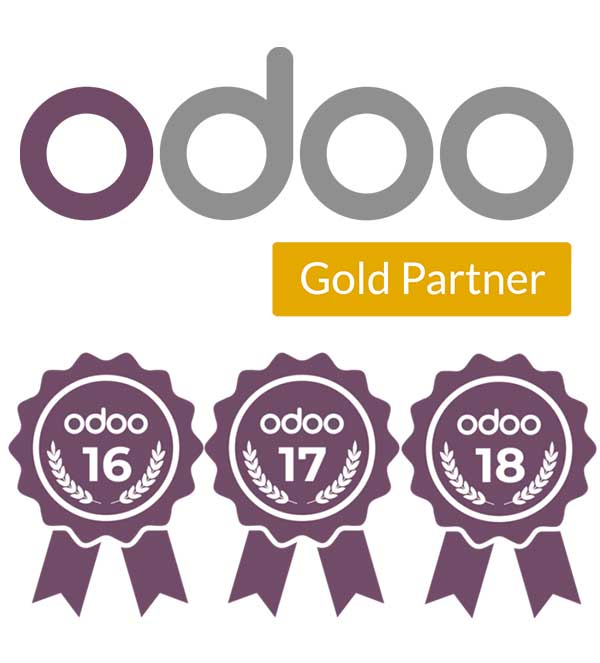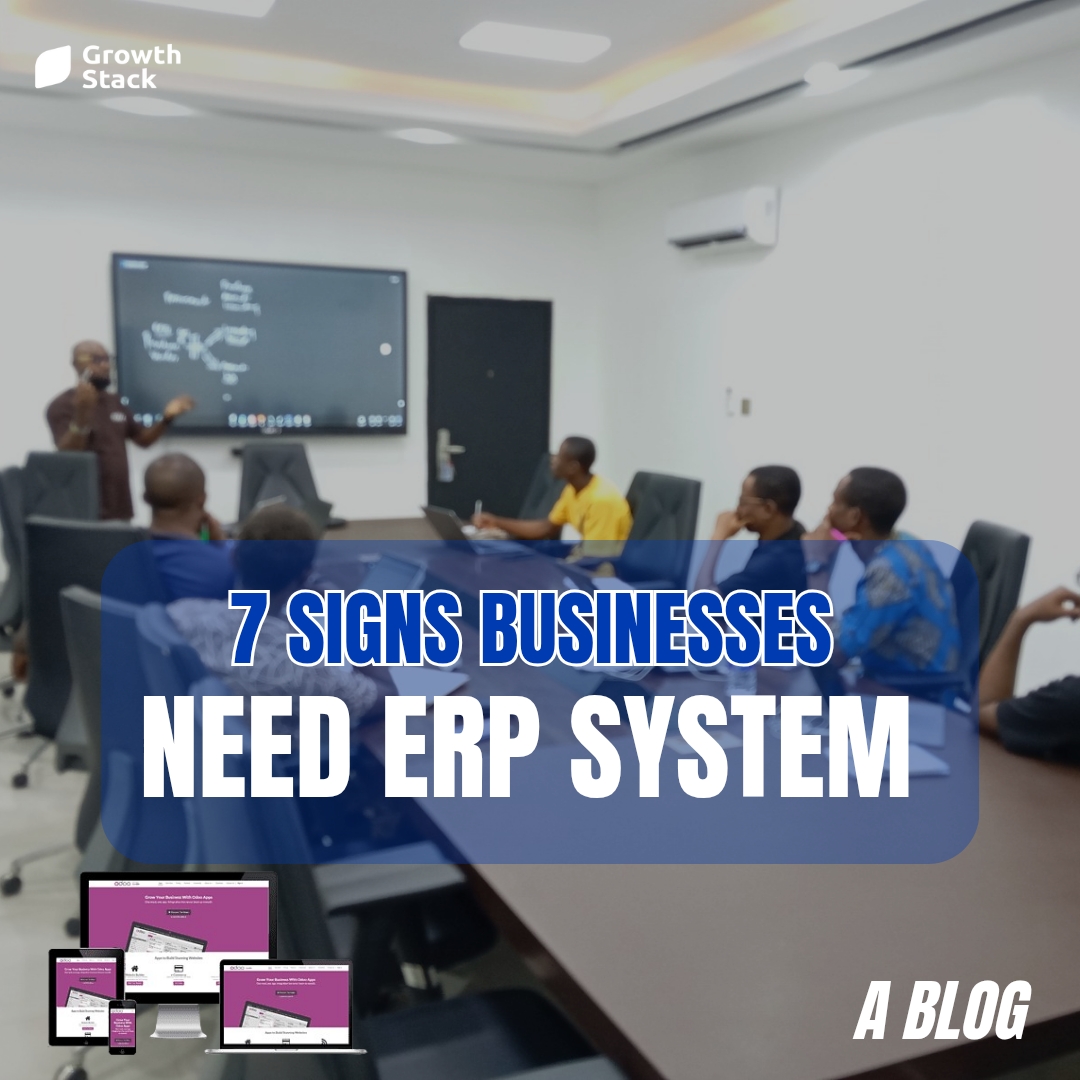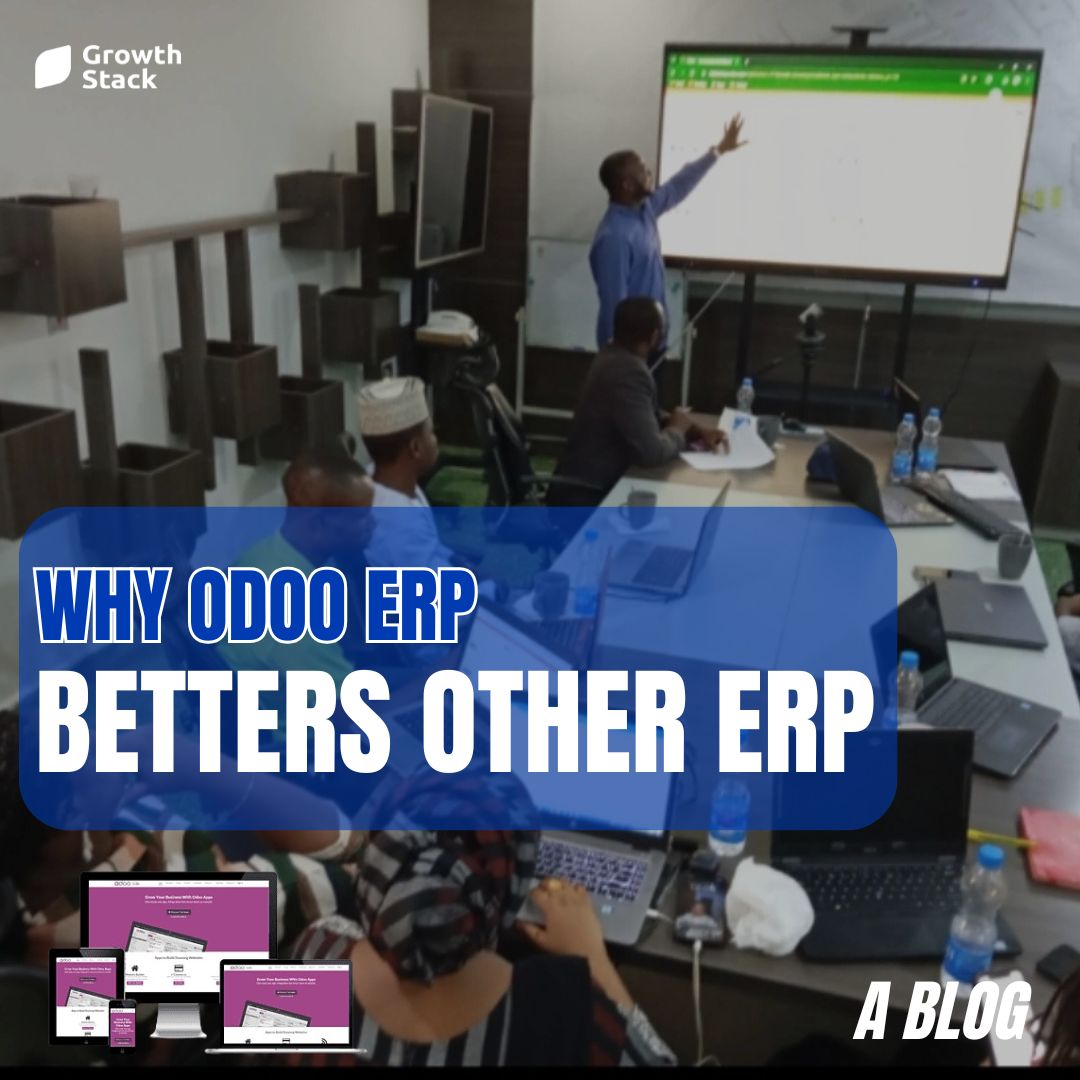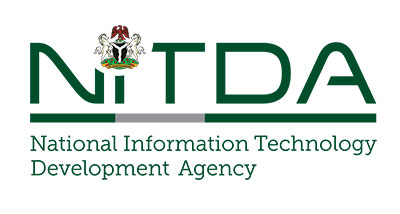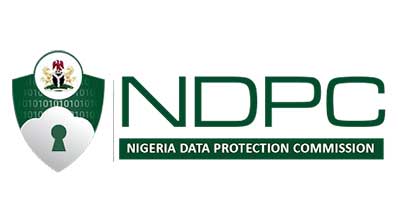In today’s rapidly evolving business landscape, organizations are faced with crucial decisions regarding their technology infrastructure. One of these pivotal choices involves selecting between Cloud-Based Enterprise Resource Planning (ERP) systems and On-Premises ERP systems. These two approaches offer distinct advantages and considerations that businesses must carefully weigh to make an informed decision. In this article, let’s consider Cloud-Based ERP vs. On-Premises ERP.
Understanding Cloud-Based ERP:
Cloud-Based ERP, often referred to as Software-as-a-Service (SaaS) ERP, involves hosting your ERP software on remote servers that are accessed through the internet. This approach eliminates the need for maintaining on-site hardware and provides a subscription-based model where you pay for the software on a regular basis.
Benefits:
- Cost Efficiency: Cloud-Based ERP systems generally have lower upfront costs as there’s no need for significant hardware investments. Instead, you pay a predictable subscription fee that covers software, maintenance, and updates.
- Scalability: These systems are highly scalable, enabling you to easily adjust your resources based on your business’s growth. You can add or reduce users, storage, and features as needed.
- Accessibility: Cloud-based ERPs offer remote access, allowing your team to work from anywhere with an internet connection. This is particularly advantageous in today’s remote work environment.
- Updates and Maintenance: The responsibility for software updates and maintenance rests with the provider, ensuring that you’re always using the latest version with minimal disruptions.
Considerations:
- Data Security: While cloud providers implement robust security measures, some organizations might have concerns about data residing off-site. It’s crucial to evaluate the provider’s security protocols and compliance standards.
- Internet Dependency: Cloud-based systems rely on a stable internet connection. Downtime or connectivity issues could hinder access to critical data and operations.
Understanding On-Premises ERP:
On-Premises ERP involves hosting the software and related data on your own servers, located within your organization’s premises. This traditional approach requires substantial upfront investments in hardware, IT staff, and ongoing maintenance.
Benefits:
- Control: Organizations that prioritize full control over their data and systems might prefer on-premises ERP. You have direct influence over security protocols, customization, and upgrades.
- Data Control: Sensitive data remains within your physical control, potentially alleviating concerns related to external data storage.
- Customization: On-premises ERP systems offer greater flexibility for customizing the software to match your specific business processes.
Considerations:
- Higher Initial Costs: On-premises ERP solutions demand considerable upfront investments in hardware, software licenses, and IT infrastructure setup.
- Maintenance: Ongoing maintenance, updates, and troubleshooting are your organization’s responsibility, which can result in higher long-term costs.
- Scalability Challenges: Scaling an on-premises ERP system can be complex and costly, involving hardware upgrades and potential disruptions.
Making the Right Choice:
Choosing between Cloud-Based ERP and On-Premises ERP requires a careful evaluation of your organization’s unique needs and priorities.
- Consider Your Resources: Assess your budget, IT expertise, and staffing capacity. Cloud-based ERP might be more suitable for smaller businesses with limited IT resources, while larger organizations with dedicated IT teams might opt for on-premises solutions.
- Scalability Needs: If your business anticipates significant growth or fluctuations in demand, cloud-based ERP’s scalability could provide a strategic advantage.
- Data Sensitivity: Evaluate the nature of your data and regulatory compliance requirements. Industries with stringent data privacy regulations might lean towards on-premises ERP to maintain tighter control.
- Long-Term Vision: Consider your organization’s long-term strategy. Cloud-based ERP can offer more flexibility for evolving with technological advancements, while on-premises solutions might require periodic overhauls.
Conclusion: Cloud-Based ERP vs. On-Premises ERP
The choice between Cloud-Based ERP and On-Premises ERP isn’t one-size-fits-all. It hinges on your organization’s size, industry, budget, and technological vision. Cloud-based ERP offers cost-efficiency, scalability, and accessibility advantages, while on-premises ERP provides control, customization, and potential data security benefits. By carefully assessing your needs and priorities, you can make an informed decision that aligns with your business’s goals and paves the way for future success.
